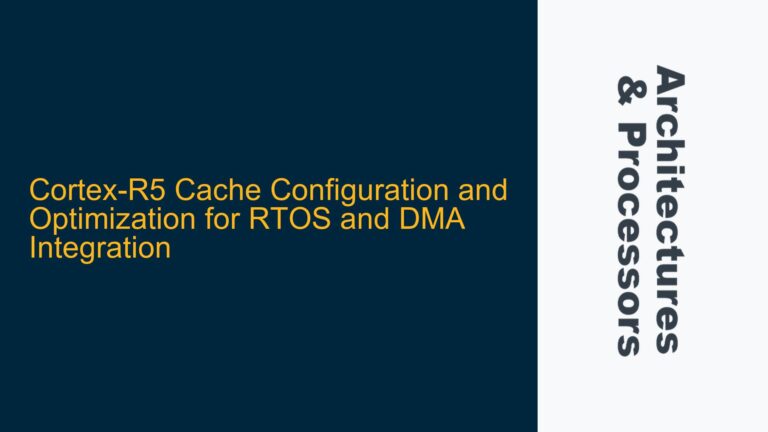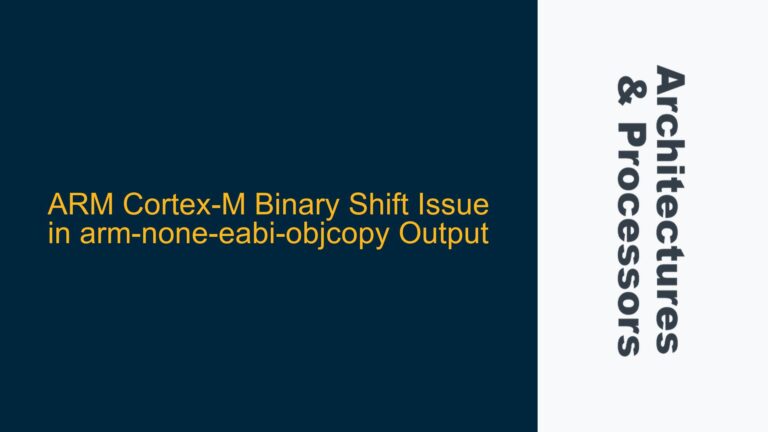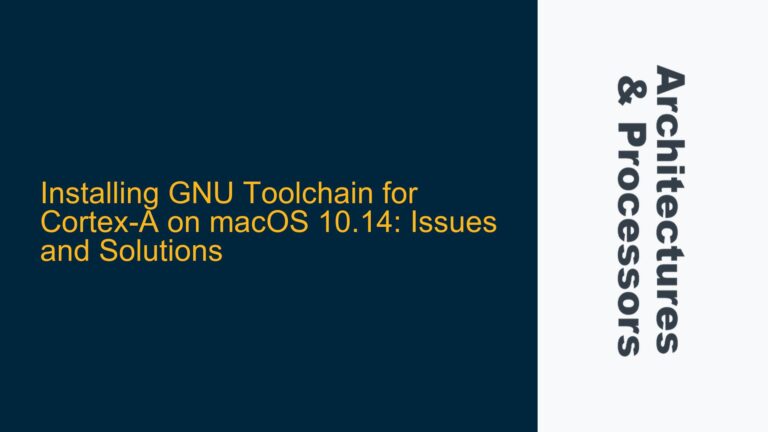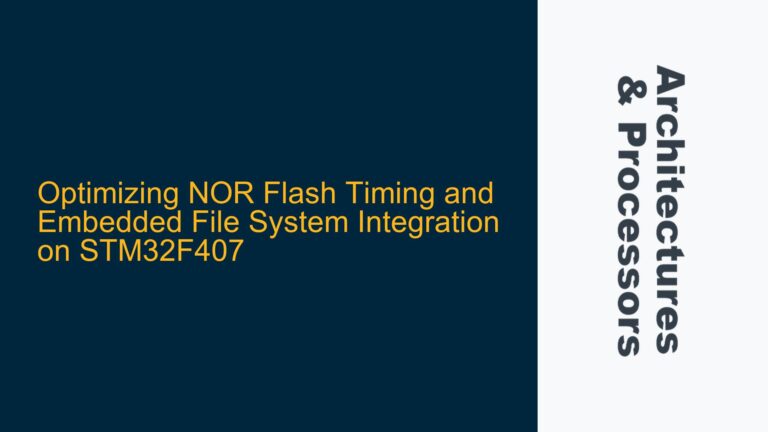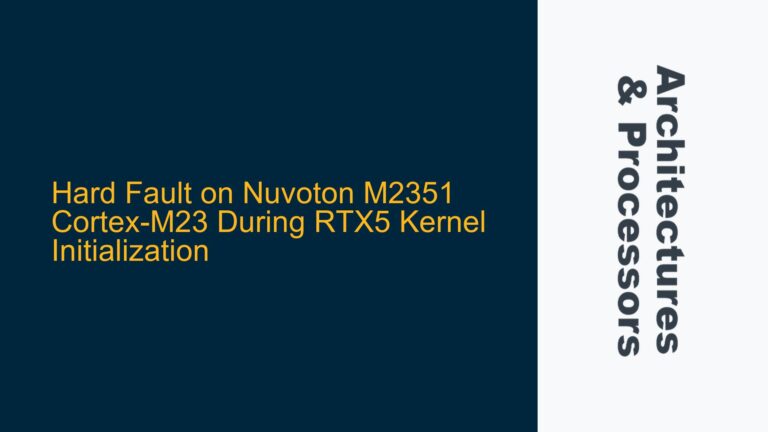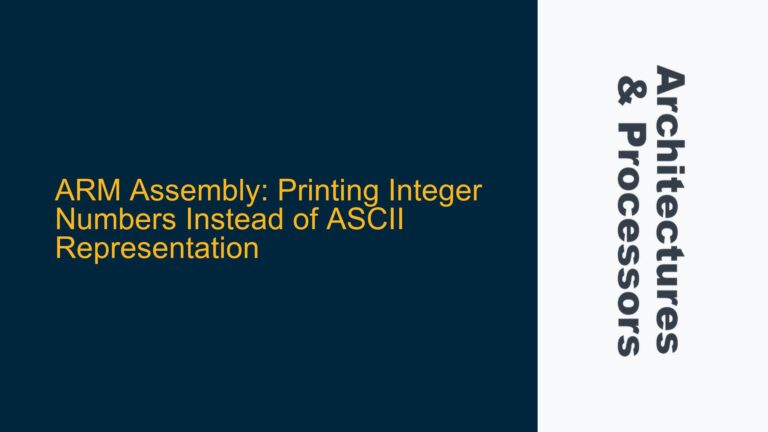Cortex-R5 Cache Configuration and Optimization for RTOS and DMA Integration
Cortex-R5 Cache Initialization and Runtime Management The Cortex-R5 processor, part of ARM’s real-time processor family, is designed for high-performance and deterministic real-time applications. One of its key features is the inclusion of separate Instruction and Data Caches (I-Cache and D-Cache), which significantly improve performance by reducing memory access latency. However, configuring and managing these caches,…
